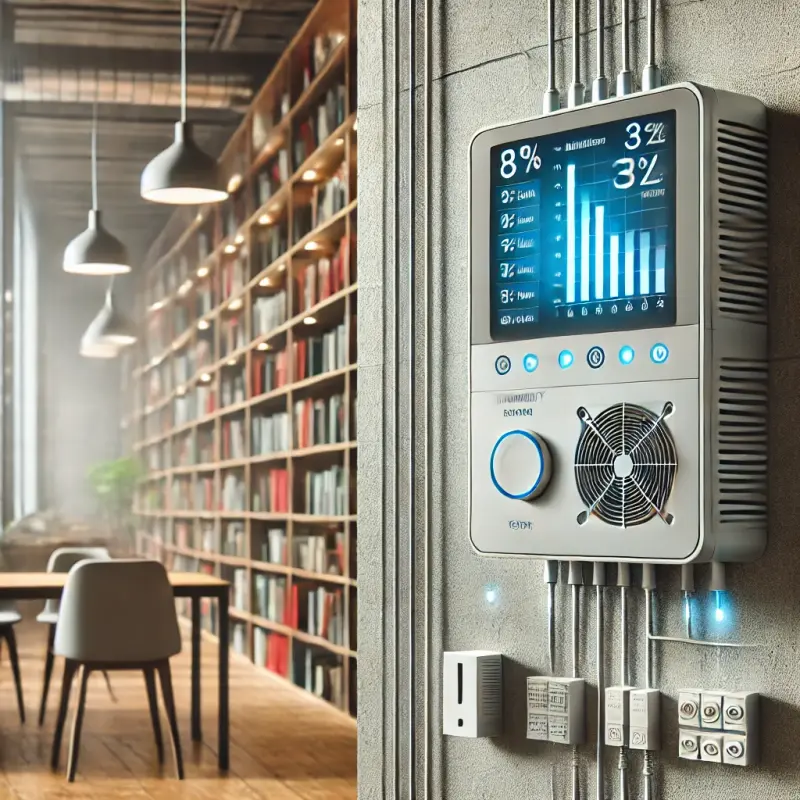Introduction
In public buildings such as libraries, schools, and offices, maintaining a healthy environment is crucial for the well-being of occupants. Excessive humidity can lead to the growth of mold, which poses serious health risks and can damage building materials. This article delves into the technology behind humidity control devices, their role in public health, and how they help prevent mold in communal environments.
The Challenge of Humidity and Mold in Public Spaces
Public spaces are particularly vulnerable to humidity issues due to high foot traffic, varying external weather conditions, and activities that produce moisture, such as cooking or washing. Mold thrives in moist environments, and its presence can lead to health problems including allergies, respiratory issues, and other serious conditions. The importance of managing indoor humidity cannot be overstated, as it is directly linked to air quality and health standards.
How Humidity Control Devices Work
Modern humidity control systems consist of sensors and dehumidifiers that actively monitor and regulate the air's moisture levels. These systems are equipped with hygrometers that measure the relative humidity in the air, providing real-time data to adjust the environment accordingly. When humidity levels rise above a set threshold, dehumidifiers are activated to remove excess moisture, ensuring that the indoor climate remains within safe and comfortable parameters.
Types of Humidity Control Devices
There are various types of dehumidifiers used in public settings, each suitable for different sizes and types of spaces. Refrigerant dehumidifiers, for example, work by cooling air to remove moisture, while desiccant dehumidifiers absorb moisture using hygroscopic materials. For large areas, whole-building dehumidification systems are integrated into the HVAC systems to maintain optimal humidity levels throughout the entire structure.
Benefits of Effective Humidity Management
By maintaining proper humidity levels, public spaces can prevent the growth of mold and ensure a healthier environment. Humidity control is also essential for preserving materials such as books, artworks, and electronic equipment, which can be damaged by excessive moisture. Furthermore, well-regulated indoor environments enhance comfort and productivity, making public spaces more inviting and functional.
